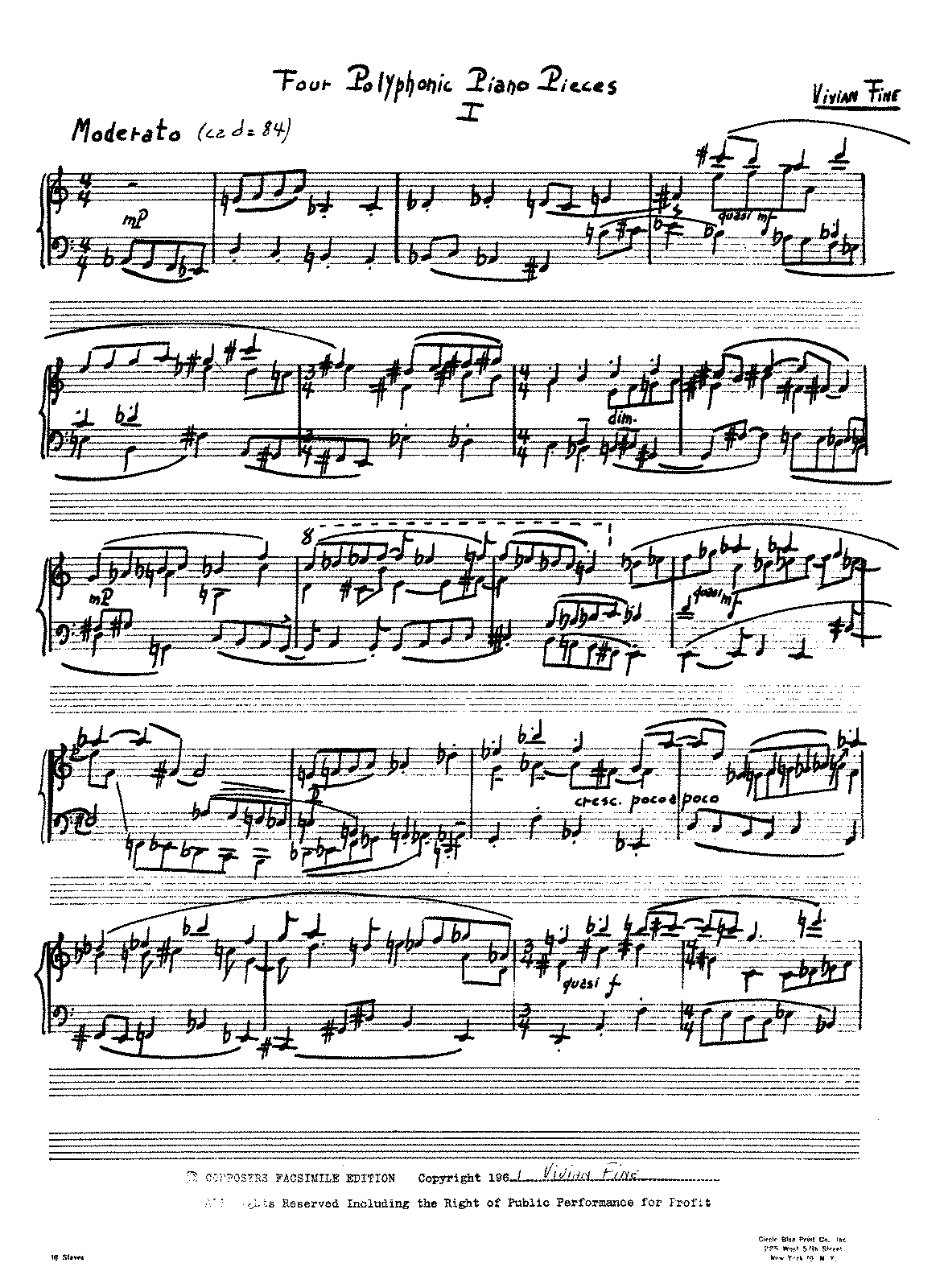
This technique is called retrograde.Īnother form of polyphony in Baroque music is shown in the example below. It could also be played backwards, with the last note to the first note of the subject. Therefore, finding a polyphonic approach on all structural levels was necessary. Any opinions in the examples do not represent the opinion of the Cambridge Dictionary editors or of Cambridge University Press or its licensors. For instance the subject may be played with intervals reversed, which is called inversion. These examples are from corpora and from sources on the web. The composer (Bach in this case) decides how many times the subject will be presented again and in what form. Then, another measure and a half later the third voice plays the subject a fourth above the second voice, and the second voice plays the countersubject and the first voice goes off independently.Īfter each voice in the Fugue has presented the subject, they are all independent from each other and play different melodies. After the first half of the second measure, the second voice begins to play the subject a perfect fifth above the first voice and the first voice goes into the countersubject. In this example of a Fugue from Ba ch's work we see the subject in the first measure and a half. (Above is the image of the first five measures of Bach's Fugue # 9 in E Major from his Well Tempered Clavier Book 2.) This accompaniment is called the countersubject, and it is only played by one voice while another voice is playing the subject.

Every time one of the voices finishes taking its turn at playing the subject they immediately play an accompaniment to the next voice playing the subject. The primary text along the top of the page, Strong opinions is a recognizable academic essay, an intellectual discourse, disembodied and objective: In the popular music of the twentieth century, there has. An example of monophony is one person whistling a tune, or more musical example is the clarinet solo that forms the third movement of Messiaens Quartet for. All with the same amount of time in between. Coetzee’s recent polyphonic novel, Diary of a Bad Year, is divided into three narratives that occur simultaneously on the same page, in three horizontal layers. First the subject, then the second voice, then the third, and then the fourth. The imitation of the subject starts at equally spaced intervals of time in each of the other voices. Just picking a few examples of the eye-witness descriptions of. This way the subject is highlighted and it is easy to notice when the imitation of that subject begins to play in the next voice. heterophonic or polyphonic singing in smaller and bigger groups in Sweden in churches. The subject begins with the first unaccompanied voice. Fugue's usually have four voices, but could sometimes have three or five. A Fugue is a composition characterized by one main theme, called the subject, and the imitation of that theme by different voices.


In fact, one of the most significant types of compositions in the Baroque Era, which is the Fugue, is Polyphonic by definition. Polyphony is a major part of Baroque Music.


 0 kommentar(er)
0 kommentar(er)
